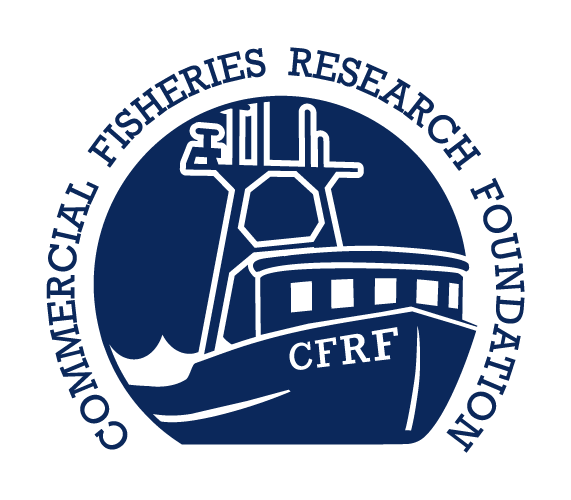A Method to Reduce Winter Flounder Retention Through the Use of Avoidance Gear Adaptations in the Small Mesh Trawl Fishery Within the Southern New England/Mid-Atlantic Winter Flounder Stock Area
- Program: SNECRI 2009
- Total Amount Awarded: $200,385
- Project Duration: Jun 1, 2010 - May 31, 2012
- Status: Completed
Project Team:
- Emerson Hasbrouck (Cornell University Cooperative Extension)
- John Scotti (Cornell University Cooperative Extension)
- Tara Froehlich (Cornell University Cooperative Extension)
- Kristin Gerbino (Cornell University Cooperative Extension)
- Patrick Sullivan (Cornell University)
- Christopher Glass (University of New Hampshire)
- Jonathan Knight (Superior Trawls)
- Charles Weimar (F/V Rianda S)
- Bonnie Brady (LI Commercial Fishing Association)
Project Summary
The project will evaluate a method to reduce winter flounder bycatch in the small mesh trawl fishery. Discard reduction of unwanted bycatch species has been identified as a primary tool in achieving rebuilding and mortality objectives of current fishery management plans. By minimizing the retention of winter flounder in the Loligo squid fishery through the use of an avoidance gear adaptation (AGA) proposed in this study, fishing mortality can be reduced and rebuilding goals are more likely to be achieved. A successful design would not reduce harvest of target species to levels below economic viability. A single vessel will be used in this study to conduct replicate tows comparing a control trawl to an AGA altered trawl (experimental trawl). Both nets will be identical except for the AGA. Replicate tows are defined to mean a comparison of sequentially exact tows using control and experimental gear. Comparisons of the control and experimental net will be based on differences in winter flounder and Loligo retention and total catch. Lower priority will be retention of other species (e.g. whiting).

